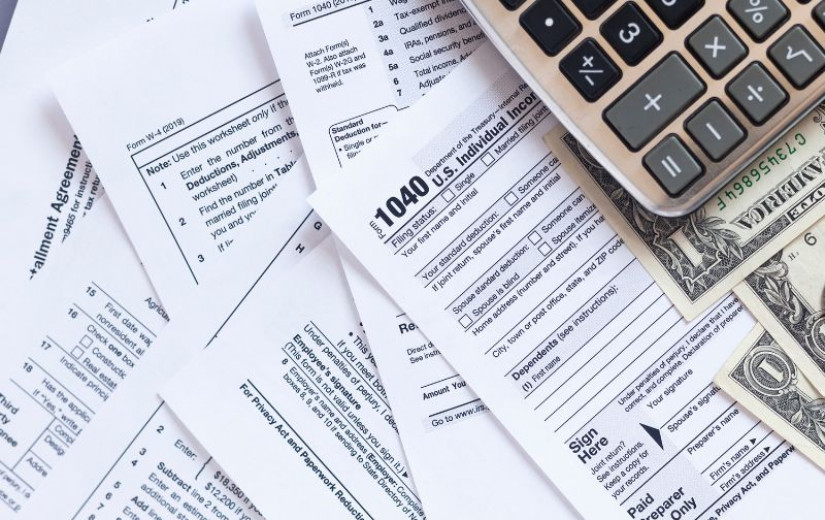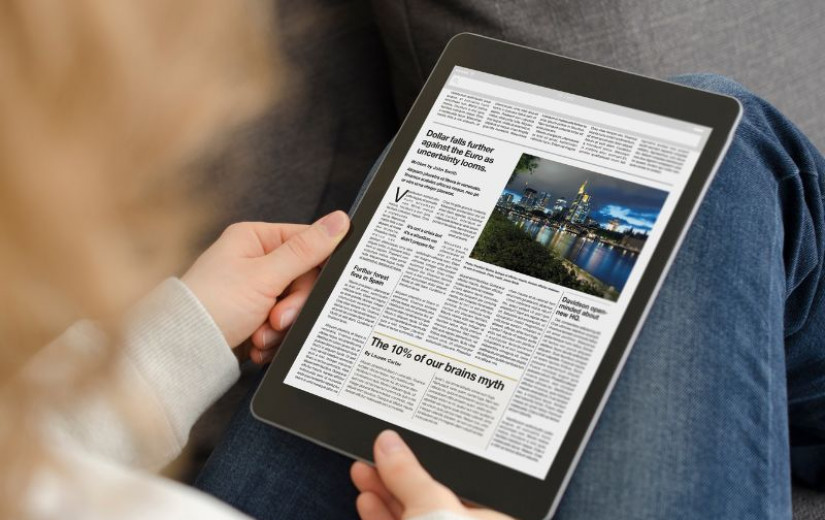
The rising cost of prescription medications has created a devastating financial crisis for millions of Americans, forcing them to choose between essential needs like food and life-saving treatments. Recent research reveals that nearly 30 percent of people have reduced spending on food or clothing to afford their prescriptions, highlighting the impossible choices facing families across the nation.
The scope of this crisis extends far beyond simple budget adjustments, with Americans making profound sacrifices that impact their daily lives and long-term health. The financial burden has intensified dramatically, with 38 percent of respondents expressing concern about affording their medications in 2025, compared to just 27 percent the previous year.
This escalating crisis demonstrates how prescription costs have become a higher priority in many household budgets than traditional essentials like housing and transportation. The psychological stress of choosing between medications and basic necessities creates additional health burdens that compound the original medical conditions requiring treatment.
The situation has reached a tipping point where medication affordability affects not just individual patients but entire families who must reorganize their financial priorities around prescription costs. This restructuring of household economics represents a fundamental shift in how Americans approach healthcare spending and basic survival needs.
Two-thirds face financial burden
A staggering 67 percent of Americans who filled prescriptions in 2025 described their out-of-pocket medication costs as at least a minor financial burden. This overwhelming majority indicates that prescription affordability has become a universal concern affecting people across all income levels and demographic groups.
The burden breaks down into specific categories that reveal the severity of the crisis. Thirty-five percent described their medication costs as a minor burden, while 21 percent characterized them as moderate. More concerning, 10 percent experienced significant financial burden, and 2 percent faced what they described as catastrophic costs.
Only 33 percent of Americans reported that prescription costs were not a burden, meaning that two-thirds of the population struggles with medication affordability to some degree. This statistic represents millions of individuals who must make difficult financial decisions to maintain their prescribed treatments.
The financial impact extends beyond the immediate cost of medications to include related expenses such as transportation to pharmacies, time off work for medical appointments, and the economic consequences of untreated health conditions. These indirect costs multiply the overall financial burden on families already struggling with prescription expenses.
Desperate measures increase dramatically
The lengths to which Americans go to afford their medications have increased alarmingly, with 46 percent taking actions that negatively affect their quality of life in 2025, up from 37 percent in 2024. These desperate measures reveal the growing desperation of families facing impossible healthcare costs.
The most common sacrifice involves cutting spending on leisure activities, with 29 percent of people eliminating entertainment and recreational expenses to afford medications. This reduction in quality of life activities affects mental health and social connections, creating additional health challenges for people already dealing with medical conditions.
Sixteen percent of Americans have dipped into their savings to cover treatment costs, depleting emergency funds and retirement security to maintain current health needs. This short-term solution creates long-term financial vulnerability that can have devastating consequences during future emergencies or economic downturns.
Perhaps most shocking, 9 percent of people have sold personal belongings to help pay for medications, indicating the extreme measures some families take to access necessary treatments. These sales often involve items with sentimental value or essential household goods, further reducing quality of life and financial security.
Employment changes driven by medical costs
The financial pressure of prescription costs has forced 15 percent of Americans to adjust their employment status, either by working more hours or taking on additional jobs. This employment disruption affects family life, personal health, and long-term career development as people prioritize immediate medication needs over professional growth.
Working additional hours to afford medications creates a cruel irony where people must sacrifice their health and well-being to pay for treatments designed to improve their health. The stress and exhaustion of extra work can worsen existing medical conditions, creating a cycle of declining health and increasing medical expenses.
Taking on second jobs or additional shifts often means less time for medical appointments, medication management, and healthy lifestyle choices like exercise and adequate sleep. These compromises can reduce the effectiveness of treatments and lead to additional health problems that require more expensive interventions.
The employment changes also affect family dynamics, as parents working extra hours have less time for childcare and household responsibilities. This situation creates additional stress and potential health problems for family members who must cope with reduced support and attention.
Debt accumulates for healthcare needs
Financial desperation has led 42 percent of Americans to take on debt for healthcare costs in 2025, up from 39 percent in 2024. This increasing reliance on borrowed money to afford medications creates long-term financial problems that extend far beyond the original health issues.
Twenty-five percent of people have taken on credit card debt to pay for medications, often at high interest rates that make the true cost of treatments much higher than the original prescription prices. This debt can take years to repay and may prevent families from achieving other financial goals like homeownership or retirement savings.
Eighteen percent have borrowed money from friends or family to afford medications, creating potential strain on personal relationships and social support networks. These informal loans can create guilt, embarrassment, and relationship tensions that affect mental health and social connections.
Six percent have taken out formal loans to pay for medications, adding monthly payment obligations that further strain household budgets. These loans often require collateral or co-signers, putting additional family members at financial risk and creating complex legal and financial entanglements.
Dangerous medication management
The financial pressure has led 42 percent of Americans to make changes to their prescription management in 2025, up from 34 percent in 2024. These modifications to prescribed treatments can have serious health consequences, particularly for people managing chronic or life-threatening conditions.
Twenty percent of people have rationed their medications due to cost concerns, taking smaller doses or skipping doses to make prescriptions last longer. This practice can reduce treatment effectiveness and may lead to disease progression or medical emergencies that require more expensive interventions.
Sixteen percent have delayed refills, creating gaps in treatment that can be dangerous for certain medical conditions. These delays often occur when people are waiting for paychecks or trying to find money for copayments, creating unpredictable treatment schedules that compromise health outcomes.
Most concerning, 13 percent have stopped taking medications entirely due to cost considerations. This complete cessation of treatment can lead to serious health complications, hospitalization, and potentially life-threatening situations for people with chronic diseases like diabetes, heart conditions, or mental health disorders.
Risky alternatives emerge
Desperation has led some Americans to pursue dangerous alternatives to afford their medications, with 75 percent utilizing at least one nontraditional resource in 2025. While some of these alternatives are legitimate cost-saving measures, others pose serious health and legal risks.
Nearly 13 percent have replaced prescribed medications with over-the-counter alternatives, which may not provide the same therapeutic benefits and could interact dangerously with other treatments. This substitution often occurs without medical supervision, increasing the risk of adverse reactions or treatment failure.
Almost 10 percent have used medications prescribed to someone else, a practice that can be dangerous due to different medical conditions, dosages, and potential drug interactions. This sharing of prescription medications is illegal and can result in serious health consequences for both the original patient and the person using the borrowed medication.
Six percent have purchased medications from other countries, often through online sources that may not meet safety standards or provide authentic products. These international purchases can involve counterfeit medications, incorrect dosages, or products that haven’t been approved for use in the United States.
Creative solutions provide hope
Despite the challenges, many Americans have found legitimate ways to reduce their medication costs through various programs and strategies. Forty-three percent have used discount programs, which can provide significant savings on prescription medications through pharmacy chains, manufacturers, and online platforms.
Forty percent have received free samples from their healthcare providers, allowing them to try medications before committing to full prescriptions or providing temporary relief during financial difficulties. These samples can be particularly valuable for expensive medications or during the initial trial period for new treatments.
Many people have learned to shop around at different pharmacies for better prices, as medication costs can vary significantly between different retailers. This price comparison shopping can result in substantial savings, particularly for generic medications and commonly prescribed treatments.
Patients are increasingly asking healthcare professionals for more affordable alternatives, including generic versions of brand-name medications and therapeutic substitutes that provide similar benefits at lower costs. This communication between patients and providers helps identify cost-effective treatment options that maintain therapeutic effectiveness.
Systemic changes needed
The prescription affordability crisis requires comprehensive solutions that address both immediate patient needs and long-term healthcare system reform. Expanding access to discount programs and patient assistance programs could provide immediate relief for millions of Americans struggling with medication costs.
Healthcare providers need better tools and training to help patients navigate the complex landscape of medication pricing and assistance programs. This includes staying informed about available resources and incorporating cost considerations into treatment planning and medication selection.
Policy changes at the federal and state levels could address some of the underlying factors driving prescription cost increases, including drug pricing transparency, insurance coverage requirements, and regulations governing pharmaceutical pricing practices.
The crisis demonstrates the need for a more comprehensive approach to healthcare affordability that recognizes prescription medications as essential components of effective healthcare rather than luxury items that patients can choose to purchase or not based on their financial circumstances.









